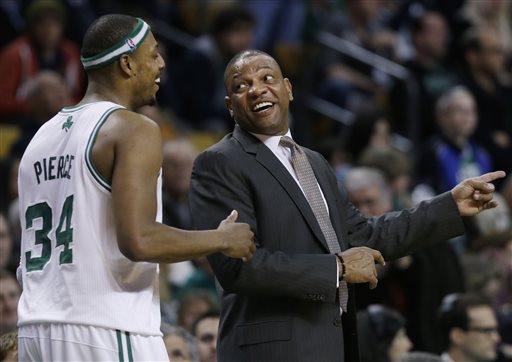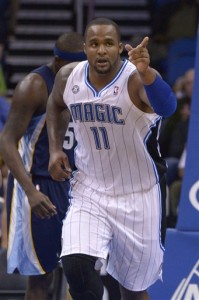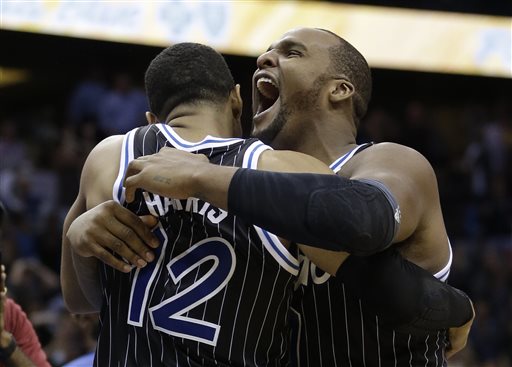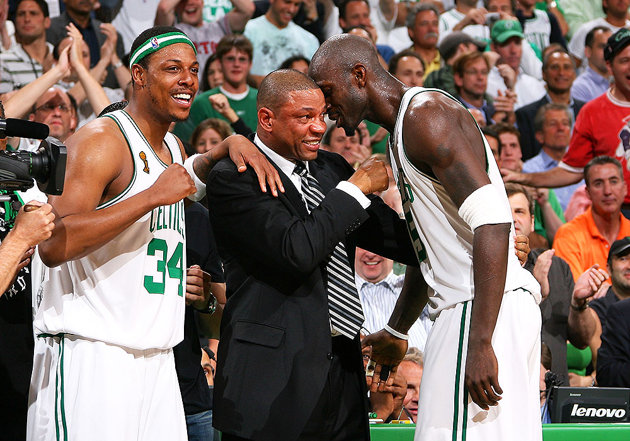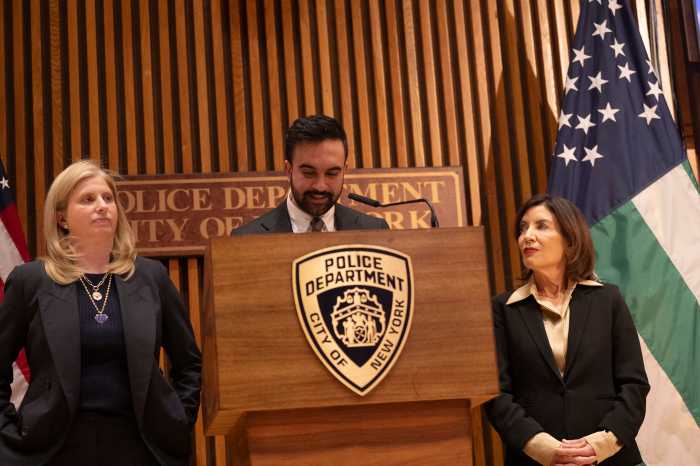By Will Rausch
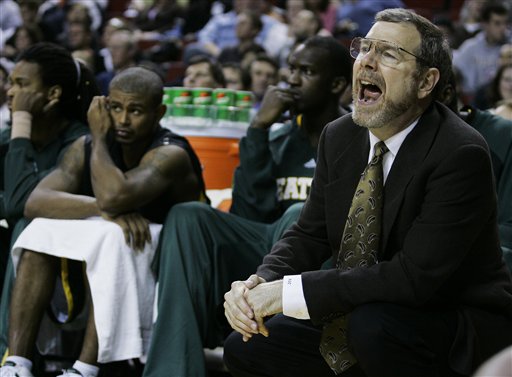
P.J. Carlesimo is no stranger to mid-season firings. The Thunder axed him in 2008 after a 1-12 start and replaced him with current coach Scott Brooks, who rallied the young troops for a 22-47 record the rest of the way. Seven games is a small sample size, but if Carlesimo really is the Nets interim coach for the immediate future (as management has repeated ad nauseam), he may well be on his way to the so-called “bump” a new coach gets when taking over the reins of a team in disarray.
But is this coaching bump real? Luckily, the coaching carousel of the NBA offers a large sample size to pore over. Of the 30 current NBA coaches, only Gregg Popovich (Spurs ‘96), George Karl (Nuggets ’05) and Doc Rivers (Celtics ’94) have start dates of more than five years ago. Off-season coaching changes are a far different animal than mid-season switches, so I’ll focus only on the recent history of in-season changes to evaluate the “bump”.
Dating back to the 2010-11 season, there have been ten in-season coaching changes, up to and including Avery Johnson and Mike Brown’s firings this year. Mike D’Antoni’s tenure in Los Angeles has gotten off to a shaky start, but it is far too early to tell if that move will work. Sticking to a sample with a full season of results, below are the eight new coaches from 10-11 and 11-12 and how they fared the rest of the way:
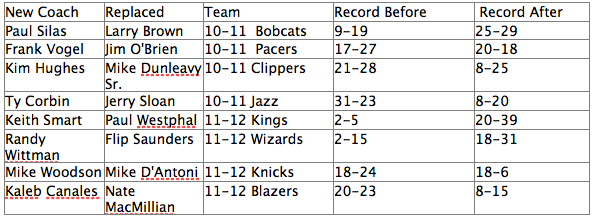
It doesn’t take Nate Silver to see these results carry more noise than signal. The reality is that most of these teams were bad, regardless of the coach. The Jazz had the only winning record on the list before the switch, and the terrible record post-change had more to do with the turmoil of Jerry Sloan’s abrupt departure and the subsequent trading of Deron Williams than anything Ty Corbin did wrong. (Ty Corbin remains the Jazz coach today.)
Nets fans might notice some familiar names thrown around as replacements for Avery Johnson on the fired side of the list. For better or worse, the talent pool that front offices choose to select from is often small, with fired coaches routinely being hired by new teams like an episode of Coach Swap.
Frank Vogel and Mike Woodson represent the two most successful interim coaches on the list. The 39-year-old Vogel, who started as a video assistant for Rick Patino’s Celtics (I’m not saying, but I’m just saying), took over the Pacers for Jim O’Brien, a fiery coach that came under fire for inconsistent rotations and squandering a promising early season record (sound familiar?) in January 2010. Vogel led the young Pacers to a playoff berth, something O’Brien wasn’t able to do in his four-year tenure. The first time head coach then followed it up with a successful 2011-12 campaign, nearly upsetting the eventual world champion Miami Heat in the Eastern Conference Semifinals. He recently earned a contract extension.
Woodson took over for the Knicks in March 2012 for the embattled Mike D’Antoni, who couldn’t win despite a roster of considerable talent. D’Antoni allegedly lost the locker room, and had a superstar in Carmelo Anthony whose style of play clashed with his “system.” (Lots of familiarities here.)
The Woodson-led Knicks won 18 games, like the D’Antoni version, only they did it in 18 fewer games. After a first round exit at the hands of the Miami Heat, Woodson has the Atlantic Division leading Knicks at 23-12, much to the chagrin of Nets fans.
Nets Coaching Changes
But what about the Nets? Do they have an extensive history of in season coaching changes and has the team gotten a “bump” when they have done so? Here’s a history:

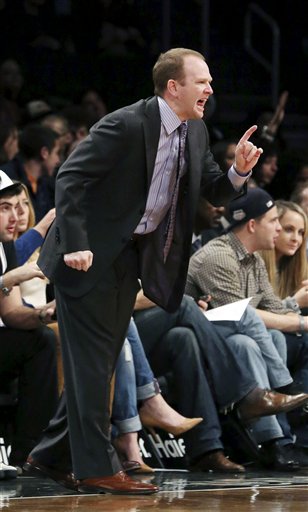
And there’s the bottom line: no matter what initial “bump” occurs from a new coach, it isn’t going to last the whole season. Most of these changes happen during times of turmoil, so it makes sense that a change might initially reinvigorate a team. The “new voice”, as front office spin doctors would call it, may get through to players simply because it isn’t the old voice. Perhaps there’s a newfound sense of responsibility and accountability from the players, partly because the coach is no longer there to blame, and partly because the players realize their poor play cost a man his job.
But eventually the novelty will wear off, and you’re left with what your record says you are. In a league with a sample size of an 82-game regular season and 4 rounds of playoffs, gimmicks and “bumps” aren’t going to get you very far. In addition to the transfusion of new blood, early bumps are somewhat manufactured anyway. Front offices look for soft spots in the schedule –- Hello Charlotte! Hello Cleveland! — in order to ease the new coach in.
That’s not to say Nets fans shouldn’t be cautiously optimistic. Early results show Brook attacking the rim like never before and Deron making some open shots that Avery Johnson’s system used to miss. In the end, however, as fun as grading players and coaches on a game by game basis is, the ultimate grade comes at the end of the season. Hopefully Carlesimo, or whoever replaces him, will end up being the right fit like Vogel and Woodson seem to be for their respective teams.












